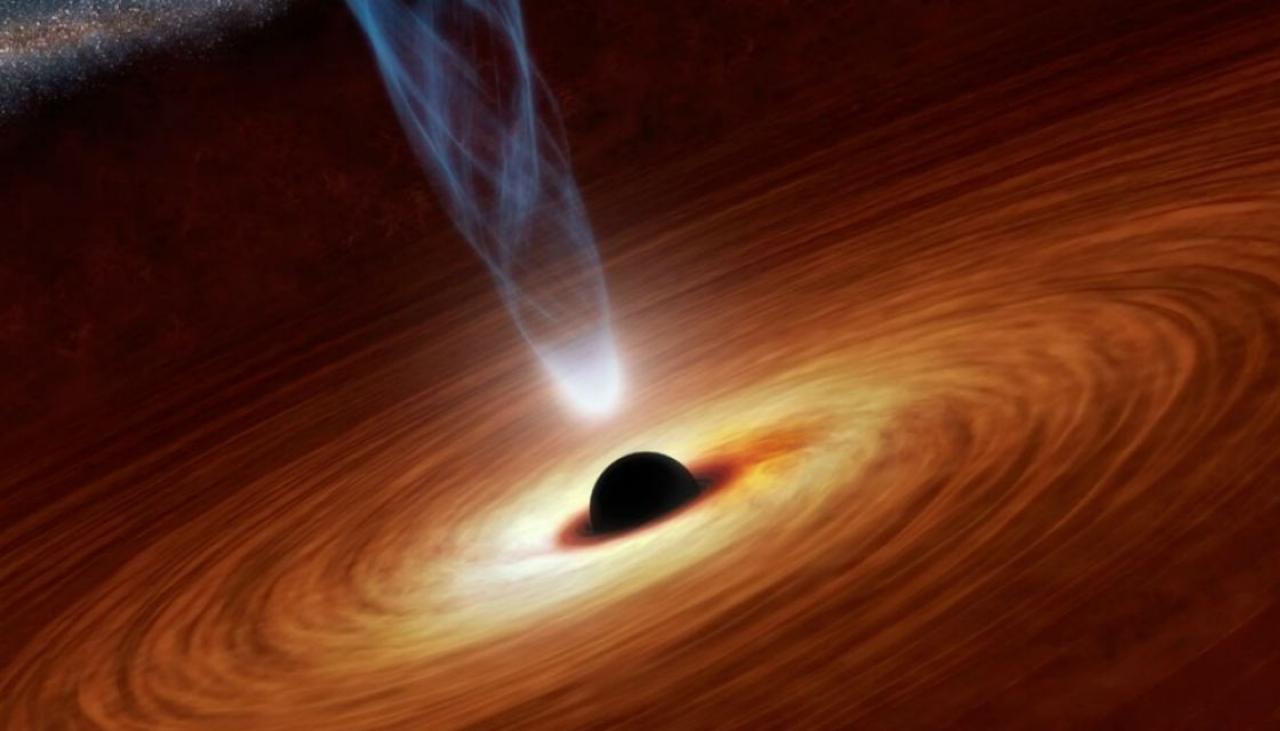Astronomers have discovered the first black hole located in a star system visible to the naked eye

Astronomers Discover the First Black Hole Visible to the Naked Eye

In a groundbreaking discovery, astronomers have recently found the first black hole located in a star system that is visible to the naked eye. This fascinating finding opens up new possibilities for studying these mysterious celestial objects.
The discovery was made possible by the European Southern Observatory (ESO), which is renowned for its cutting-edge telescopes and groundbreaking research. Their state-of-the-art instruments captured images of a binary star system known as HR 6819, located in the southern constellation of Telescopium, about 1,120 light-years away from Earth.

Initially, astronomers were studying this binary star system expecting to find a massive star and a companion which was unseen. However, to their amazement, they discovered an unseen object that was too massive to be a neutron star and not emitting any light. This hidden object displayed a characteristic gravitational pull, indicating the presence of a black hole.
What makes this discovery even more noteworthy is that the newly found black hole is part of a binary system that includes a normal star, which can be seen from Earth without any special equipment. The black hole’s gravitational influence on its companion star causes it to move in a distinct pattern that astronomers were able to identify. This unique behavior allowed them to confirm the existence of the black hole.
Black holes are well-known for their ability to trap everything, even light, due to their immense gravitational pull. However, until now, most black holes could only be detected indirectly, by observing the effects they have on nearby objects. This discovery allows scientists to directly observe a black hole for the first time, thanks to the presence of the visible companion star.
The new research not only confirms the existence of this elusive black hole but also raises an intriguing question: how many more black holes are lurking within binary star systems? The findings suggest that there may be a significant number of black holes yet to be discovered in the Milky Way galaxy alone.
This discovery contributes to our understanding of the universe and provides valuable insights into the formation and evolution of black holes. By studying this visible black hole and its companion star, scientists hope to uncover more about their complex interactions and the underlying physics that governs their behavior.
In conclusion, astronomers’ groundbreaking discovery of the first black hole located in a star system visible to the naked eye revolutionizes our perception of these enigmatic objects. This finding not only expands our knowledge of the universe but also opens up new avenues for studying black holes and their fascinating properties.
Tags
Share
Related Posts
Quick Links
Legal Stuff

